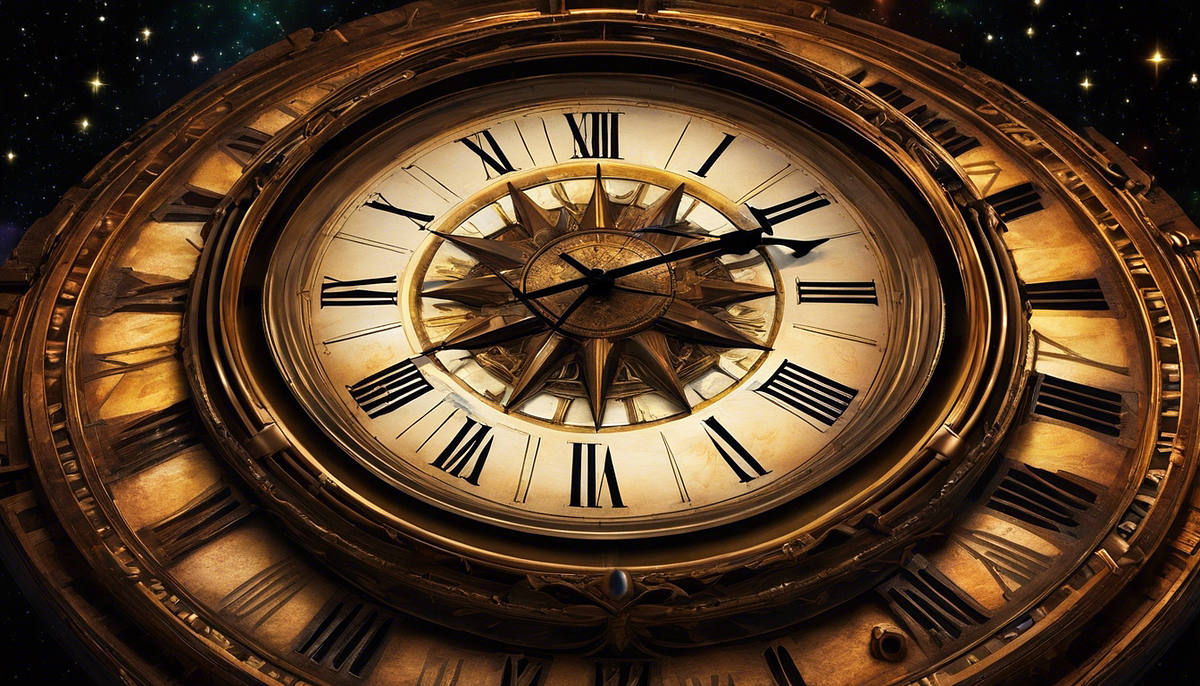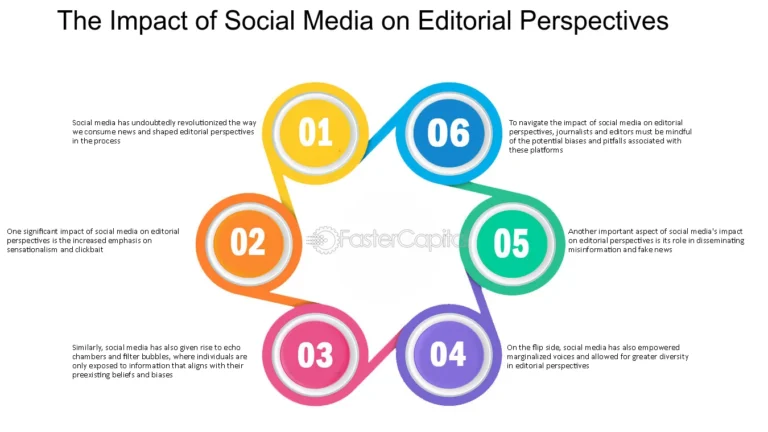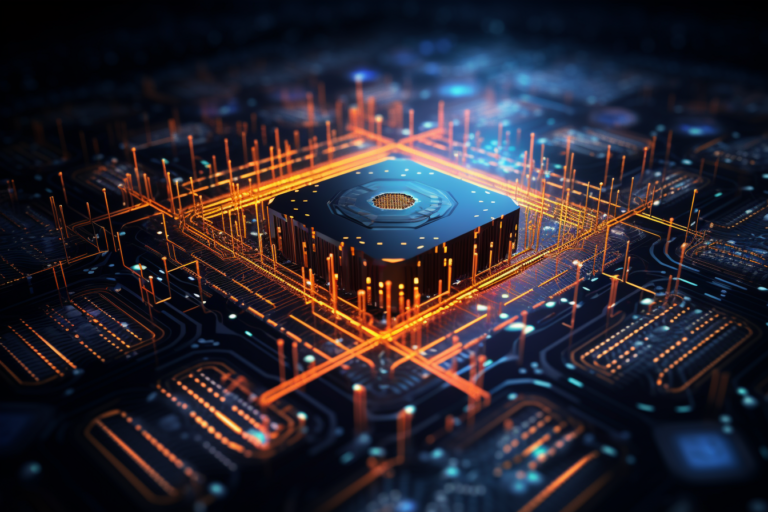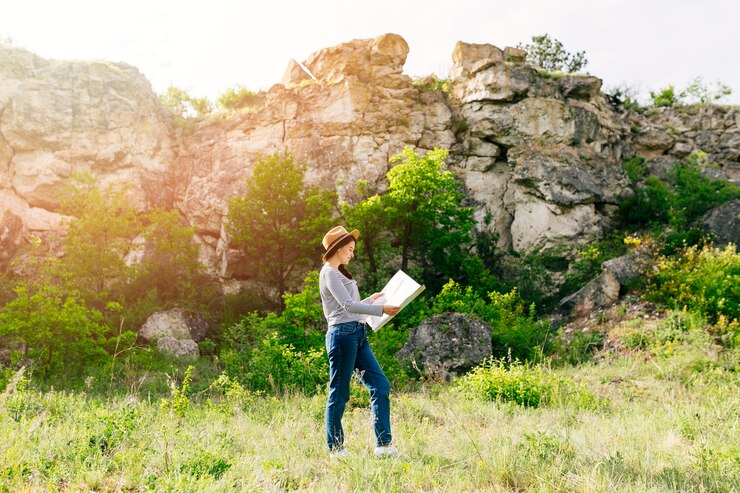Time, an enigmatic river that flows endlessly, has shaped human civilization in profound ways. Our understanding of history is a tapestry woven from countless threads of epochs, each contributing its unique patterns to the fabric of our modern world. From the dawn of civilization to the technological marvels of the 21st century, our journey through time reveals a story of innovation, struggle, and transformation.
The Dawn of Civilization
The journey through time begins in the cradle of civilization, in regions such as Mesopotamia, Egypt, and the Indus Valley. Around 3500 BCE, these early societies marked the advent of written language, monumental architecture, and complex social structures. Mesopotamia, nestled between the Tigris and Euphrates rivers, saw the rise of the Sumerians who developed cuneiform writing, allowing for the recording of laws, trade, and epic poetry. In Egypt, the construction of the pyramids symbolized both the grandeur of the pharaohs and the sophisticated engineering of ancient builders. The Indus Valley Civilization, with its planned cities and advanced drainage systems, illustrated an early commitment to urban planning and hygiene.
Classical Antiquity
As we traverse further through time, the Classical Antiquity period unfolds. This era, spanning from roughly 500 BCE to 500 CE, is marked by the rise of great empires and the flowering of philosophy, art, and science. Ancient Greece, with its city-states like Athens and Sparta, laid the groundwork for Western philosophy through thinkers such as Socrates, Plato, and Aristotle. Their ideas on democracy, ethics, and metaphysics continue to resonate today.
Meanwhile, Rome expanded from a small city-state to a vast empire stretching from Britain to the Middle East. Roman engineering feats, such as aqueducts and roads, facilitated trade and military conquest, while the Pax Romana—a period of relative peace and stability—allowed culture and economy to flourish. The Roman legal system and republican principles have profoundly influenced modern governance structures.
The Middle Ages: A Period of Transformation
The fall of Rome in the 5th century CE ushered in the Middle Ages, a time often characterized by feudalism, the rise of Christianity, and the spread of Islamic culture. The early Middle Ages, or Dark Ages, were marked by societal upheaval and a decline in urban life. However, this period was also one of preservation and transformation. Monasteries played a crucial role in preserving classical knowledge and advancing agricultural techniques.
The later Middle Ages saw a resurgence in trade and learning. The rise of powerful kingdoms and the establishment of universities in places like Bologna and Oxford laid the foundations for the Renaissance. This era also witnessed significant cultural exchanges, with the Crusades facilitating the flow of knowledge and goods between Europe and the Islamic world.
The Renaissance and Enlightenment
The Renaissance, beginning in the 14th century in Italy, was a vibrant period of rebirth in art, science, and thought. Figures such as Leonardo da Vinci, Michelangelo, and Galileo Galilei pushed the boundaries of human creativity and understanding. The invention of the printing press by Johannes Gutenberg in the 15th century revolutionized the dissemination of knowledge, making books more accessible and sparking widespread intellectual awakening.
The Enlightenment of the 17th and 18th centuries further advanced human thought by emphasizing reason, science, and individualism. Philosophers like Voltaire, Rousseau, and Kant challenged traditional authorities and advocated for civil liberties and democratic principles. This period laid the intellectual groundwork for political revolutions and the eventual rise of modern democratic states.
The Industrial Revolution and Modern Era
The 19th century heralded the Industrial Revolution, a time of unprecedented technological and social change. The steam engine, mechanized textile production, and advances in metallurgy transformed economies and societies. Urbanization surged as people moved from rural areas to burgeoning industrial cities, altering social structures and daily life.
The 20th century witnessed dramatic shifts, from the horrors of two World Wars to the rise of the digital age. The post-World War II era saw rapid technological advancements, including the development of computers, the internet, and space exploration. These innovations have interconnected the world in ways once unimaginable, fostering global communication and collaboration.
The Present and Future
As we navigate the 21st century, we are witnessing an era of accelerated change and challenge. The digital revolution continues to reshape our lives, with artificial intelligence, biotechnology, and sustainable technologies poised to redefine our future. The interconnectedness of our global society presents both opportunities and challenges, as we grapple with issues like climate change, inequality, and geopolitical tensions.
Our journey through time reveals a mosaic of human endeavor and evolution. Each epoch has contributed to the rich tapestry of our shared history, shaping the world we inhabit today. As we move forward, understanding this past allows us to appreciate the progress we have made and to navigate the complexities of an ever-changing world with greater wisdom and perspective.











+ There are no comments
Add yours